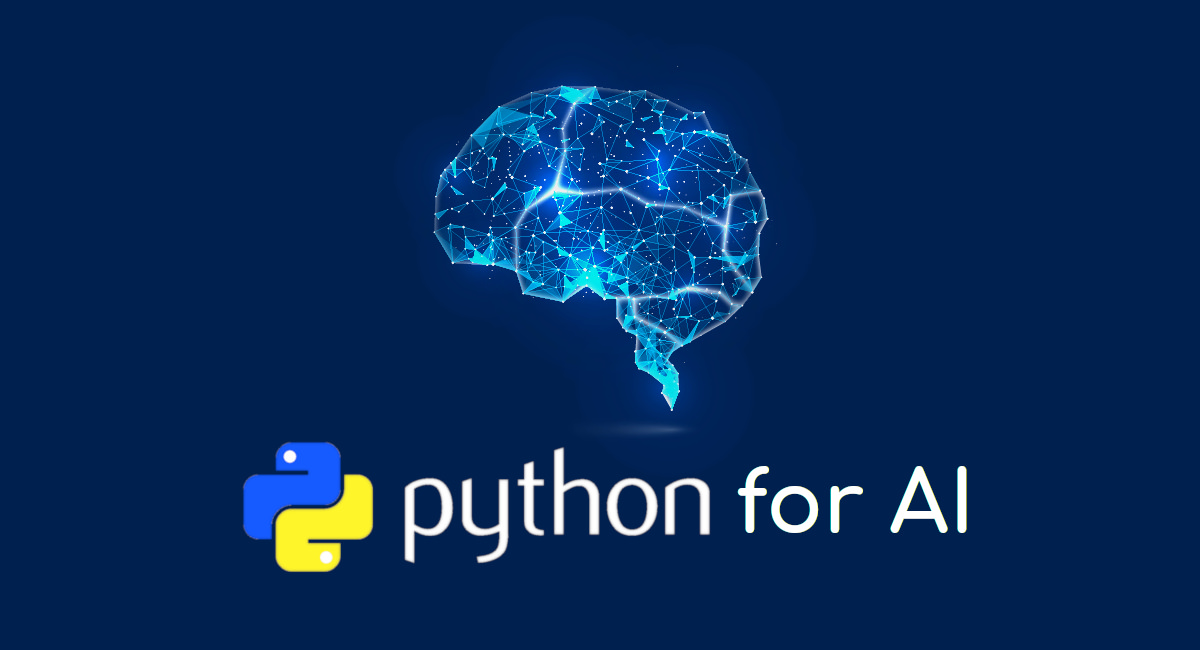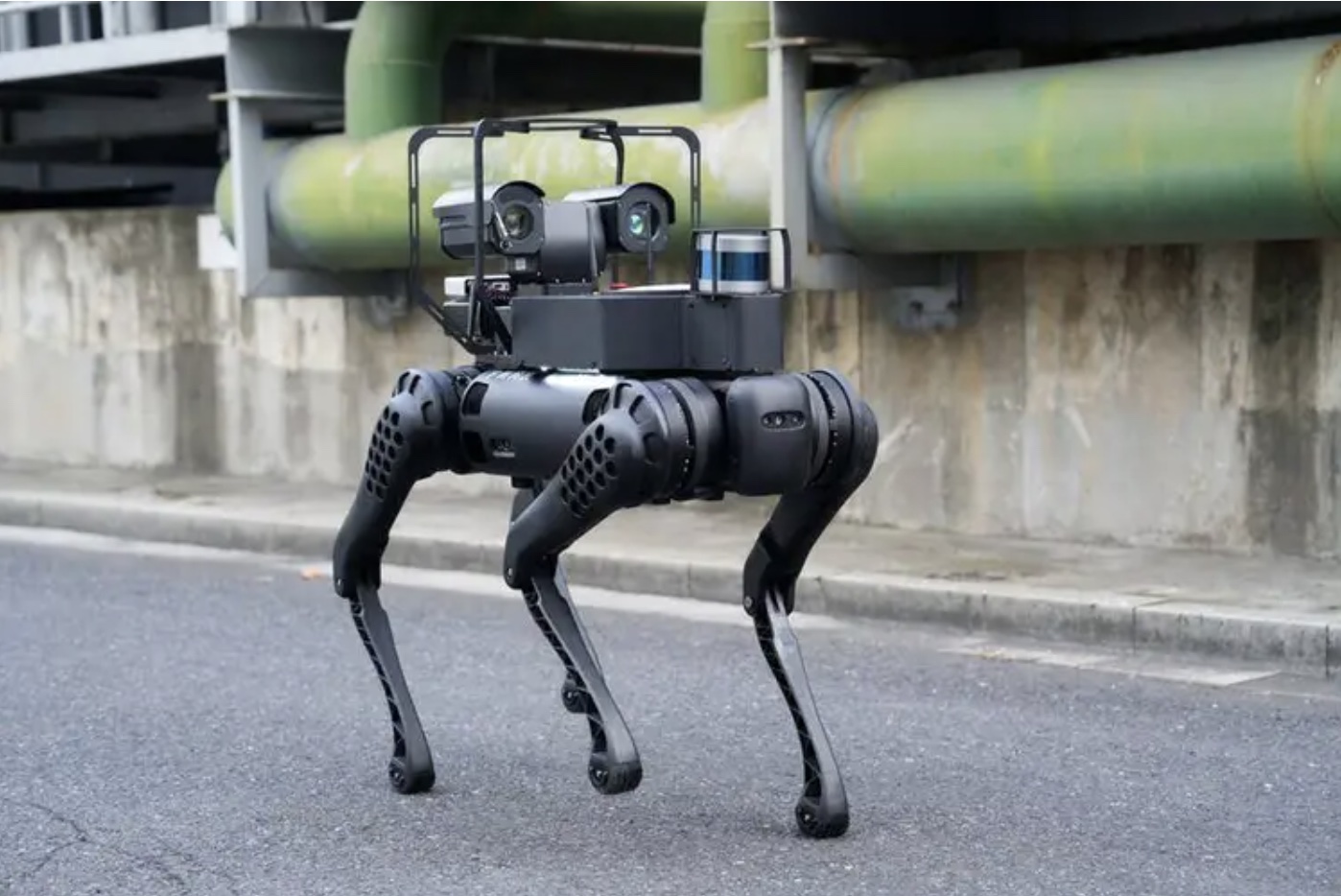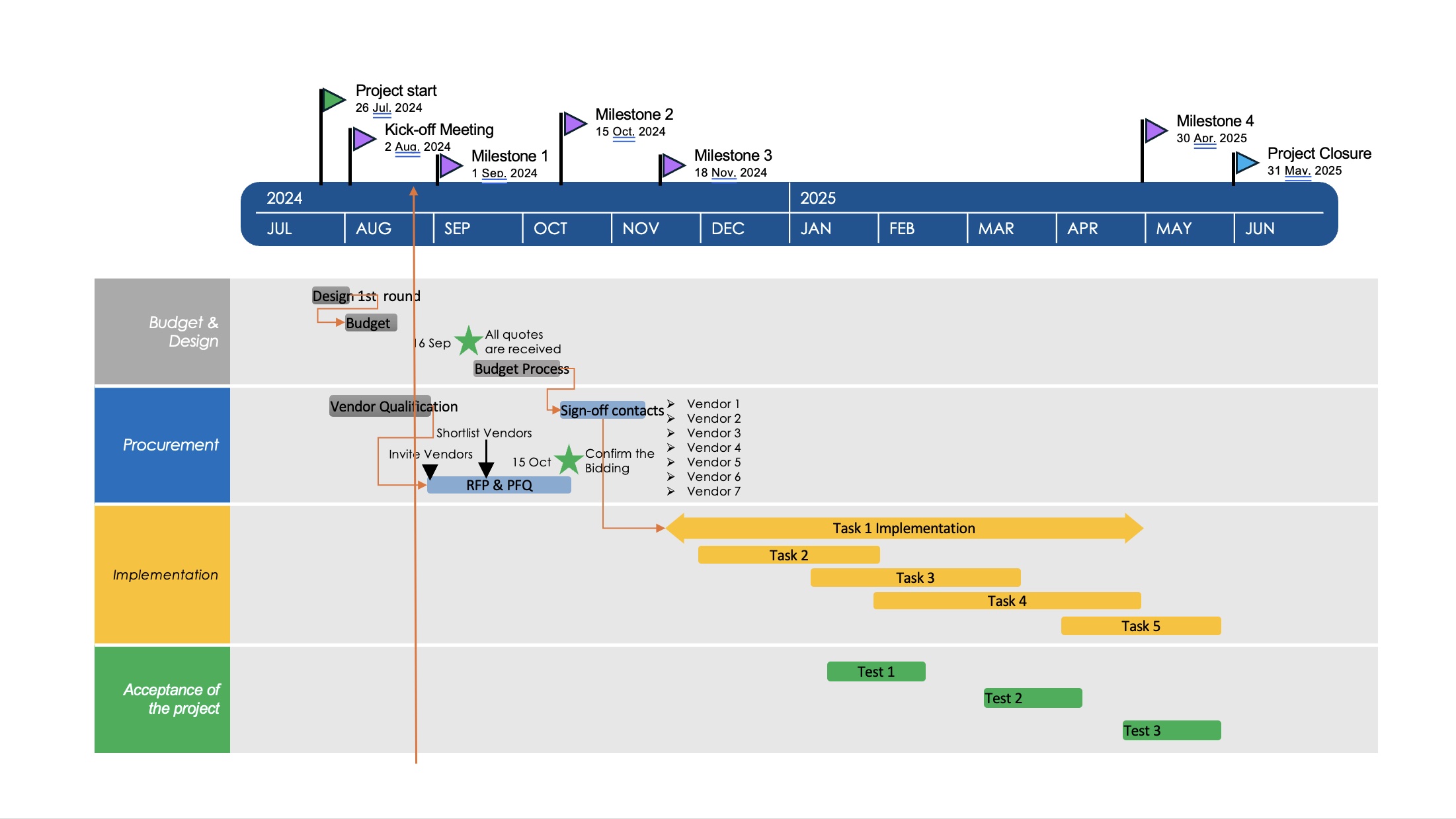In today’s digital age, Artificial Intelligence (AI) has become a key force driving technological advancement.Python, as one of the most popular programming languages in the field of AI, provides great convenience for AI programming with its concise syntax and powerful library support. In this article, we will introduce several practical examples for AI Programming of Python Practical.
AI Programming of Python Practical.
1. Machine Learning and Data Analysis
Python has a rich set of machine learning libraries, such as scikit-learn, TensorFlow, and PyTorch, which provide a powerful toolset for data scientists and machine learning engineers. For example, machine learning tasks such as classification, regression, clustering, etc. can be easily implemented using the scikit-learn library.
from sklearn.ensemble import RandomForestClassifier
from sklearn.datasets import load_iris
# Load the iris dataset
iris = load_iris()
x, y = iris.data, iris.target
# Create a random forest classifier instance
clf = RandomForestClassifier(n_estimators=100)
# Train the model
clf.fit(X, y)2. Natural Language Processing (NLP)
Python also excels in the field of natural language processing. Using libraries such as NLTK, spaCy, and others, you can perform tasks such as text analysis, sentiment analysis, and machine translation.
import nltk
from nltk.corpus import stopwords
from nltk.stem import WordNetLemmatizer
#Text preprocessing
text = "This is a sample sentence, showing off the stop words filtration."
stop_words = set(stopwords.words('english'))
lemmatizer = WordNetLemmatizer()
tokens = nltk.word_tokenize(text)
tokens = [lemmatizer.lemmatize(word) for word in tokens if word not in stop_words and word.isalpha()]
print(tokens)3. Image Recognition and Processing
Using libraries such as OpenCV and Pillow, Python can handle image recognition and computer vision tasks. For example, facial recognition using OpenCV.
import cv2
# Read an image
image = cv2.imread('face.jpg')
# Use the pre-trained model for facial recognition
face_cascade = cv2.CascadeClassifier(cv2.data.haarcascades + 'haarcascade_frontalface_default.xml')
# Detect faces in the image
faces = face_cascade.detectMultiScale(image, scaleFactor=1.1, minNeighbors=5)
# Draw a rectangular box
for (x, y, w, h) in faces.
cv2.rectangle(image, (x, y), (x+w, y+h), (255, 0, 0), 2)
# Show the image
cv2.imshow('Faces', image)
cv2.waitKey(0)4. Game AI
Python can also be used to develop game AI, using libraries such as pygame to create simple games or simulate complex strategies.
import pygame
Initialize pygame
pygame.init()
Set the window size
width, height = 640, 480
screen = pygame.display.set_mode((width, height))
Main game loop
running = True
while running: for event in pygame.event.get((width, height))
for event in pygame.event.get(): if event.type == pygame.
if event.type == pygame.QUIT.
event.type == pygame.QUIT: if event.type == pygame.QUIT.
Quit pygame
pygame.quit()5. Intelligent Chatbots
Using libraries such as ChatterBot, you can create simple chatbots that understand natural language and generate responses.
from chatterbot import ChatBot
from chatterbot.trainers import ChatterBotCorpusTrainer
#Create a chatbot
chatbot = ChatBot('Example Bot')
#Train the bot
trainer = ChatterBotCorpusTrainer(chatbot)
trainer.train("chatterbot.corpus.english")
#Get the response
response = chatbot.get_response("Hello, how are you today?")
print(response)Python’s versatility and ease of use make it a great choice for AI programming. Whether it’s data science, natural language processing, image recognition, or game development, Python offers powerful support. As AI technology continues to evolve, Python will only become more widely used in this field.



